Subscribe for Access
Discover how to equip your sales team with real-time partner signals and ecosystem intelligence to qualify leads faster, boost outbound efficiency, and close deals 46% quicker. Learn the top plays in Slack to turn partner data into a revenue-driving advantage.

Sales is tougher than ever. Longer sales cycles, tighter budgets, and increased scrutiny on purchasing decisions are making it harder for teams to hit their quotas. According to the 2025 Future of Revenue Report, 57% of sales teams feel pessimistic about meeting their revenue targets, and 36% of GTM teams report lengthening sales cycles, making predictable revenue growth even more difficult.

If you want to help your sales team break through these challenges and accelerate revenue growth, it’s not just about giving them a prospect’s name and hoping for the best. They need complete, actionable intel — delivered where they already work.
Your sales team needs to be equipped with every piece of intel that can help them draft an outbound sequence. And just as Ben Wright, VP of Revenue at Sendspark said once:
“A single tenuous signal doesn’t make it a good reason to reach out. Signals should be used as a stackable model that signifies some type of intent. There’s more data than ever before to conduct incredible outbound.”
Why is Ecosystem Intelligence a game-changer?
Ecosystem Intelligence — partner-vetted data that’s more reliable than traditional third-party sources — helps your sales teams qualify leads and enables them to leverage key partner relationships to accelerate deal closures by 38%. Deals backed by an ecosystem influence and intelligence are 24% more likely to close.
How does it work? A high-quality lead isn’t just someone who visits your homepage. Instead, ready-to-buy prospects are also identified by real-time ecosystem data, such as:
- The integrations they use
- The partners already working with your prospective accounts
- Win rate, opportunity size, and time-to-close data
- Whether your account is in an active buying cycle
- Which partners recently closed deals with your target accounts
- Who the key decision-makers and economic buyers are
By equipping your team with ecosystem intelligence, you can help them engage the right prospects at the right time.
The three plays you need to know
Your sales team operates across multiple tools — Slack, CRM (Salesforce, HubSpot, etc.), outreach tools, and email. The key is to provide actionable insights seamlessly within their workflow.
Imagine if your AEs could receive notifications in Slack when:
- Your target accounts overlap with the customers of your partners
- Your partner just onboarded a new customer and it becomes a net new opportunity for you
- Your customers just became an open opportunity for your partner
For example, if a partner signs a deal with an open opportunity or prospect, your AEs should be alerted immediately. This could indicate the prospect is gearing up for an implementation that might include your solution.
Implementing Slack notifications enables your sales team to leverage partners for introductions, additional intel, or recommendations — giving them a competitive edge to close deals faster.
Play one: Using firmographics to focus on the right leads
Let’s say you have a long list of prospects that overlap with the customers of one of your best partners, Bozala. How do you identify the most actionable accounts?
You're sharing data with your partners and getting lots of overlap data. But, with so many overlaps, it can be hard to know where to focus your efforts. By using firmographics — key demographic and geographic filters — you can prioritize high-value prospects and eliminate wasted effort.
How to do it?
- Go to your Prospects vs. Customers report for the partner you're working with, in this case Bozala.

- Click on Configure Columns and select relevant fields from your partner data like integrations, region, health score, company size, or sales stage.

- Use filters to narrow your list. For example, if your team performs well in APAC, focus on prospects in that region. Since you’re leveraging your partner data to refine your targeting, make sure you write the exact values.

- Segment by Account Owner to personalize outreach strategies. In this case, since you’re adding a field from your own data source, you can choose from a pick list instead of manually entering the value.

- From this new report, you can see that Sara has a lot of common accounts with your partner’s Account Owner, Craig. What you can do now, is help Sara set up a regular cadence with Craig to see how they can co-sell and help each other out.

- Save and name your report to track results over time.
- Set up Slack notifications to alert Account Owners when a target account becomes a customer of your partner. To set up a Slack notification, click on the bell icon next to the Export and Save buttons, and select the Slack channel where you want to receive the notifications.

Now the right people will receive notifications when new accounts qualify for the report.
Why is this important? A new overlap can be considered as a signal for your sales team to either trigger outbound sequences or reach out to your partner directly — asking whether or not the timing is right for you to engage the account, get a warm introduction into the account through Slack Connect, email, or a LinkedIn message.
Check out this Academy course to learn more and practice how to use firmographics to focus on the right leads.
Play two: Use ELG data to generate pipeline and qualify leads
Imagine your partner shares a list of customers that you weren’t previously tracking. That’s a goldmine of new business opportunities. As a Partner Manager, you can help your sales team run a Greenfield "New Accounts for You" report for this partner.
How to do it?
- Go to Account Mapping and select Greenfield.

- Choose “New Accounts for You”, select your partner, and apply your populations.

- Filter the report based on strategy — for instance, if Bozala has a new customer who hasn’t activated your integration, add the corresponding columns and then filter for that.


- Save the report and set up Slack notifications for updates — just as you did for play number one. Your team will now be notified when new accounts qualify, allowing them to take immediate action.

The messages will look something like this:
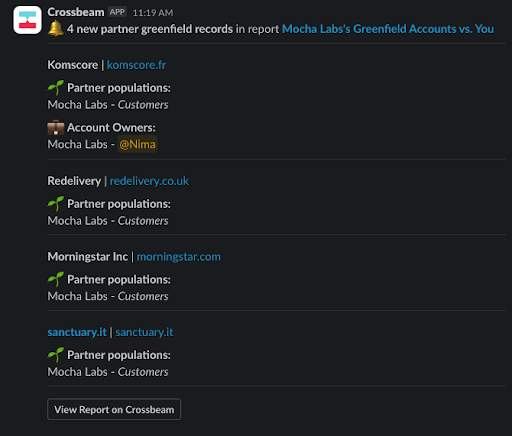
Play three: Build trust and be a great partner
Sales success isn’t just about getting — it’s also about giving. Before asking partners for help, proactively offer assistance when your customers become their open opportunities.
- Create a report that identifies when your partner gets a new opportunity that overlaps with your customers.

- Save your report and set up Slack notifications to alert your team when a new overlap occurs. [Another way to set up the Slack notification is to go to saved reports and from there, select the bell icon, and select the Slack channel you want your notifications to arrive at.]


- Engage proactively — offer intel, introductions, or influence to strengthen the partnership.
Turn ecosystem data into a sales superpower
Your sales team already has the skills — they just need better insights and collaboration to succeed.
By integrating ELG into your GTM strategy, you:
- Equip your sales team with deep, real-time ecosystem intelligence directly within their workflow
- Qualify leads faster and generate pipeline through ecosystem collaboration
- Strengthen partner relationships through a culture of reciprocity
With the right signals and partnerships in place, your sales team can close deals 46% faster and hit their revenue targets with greater predictability.
Want to learn how to activate ecosystem data for your sales team? Book a free ELG strategy call and discover how to turn ecosystem intelligence into a competitive advantage.
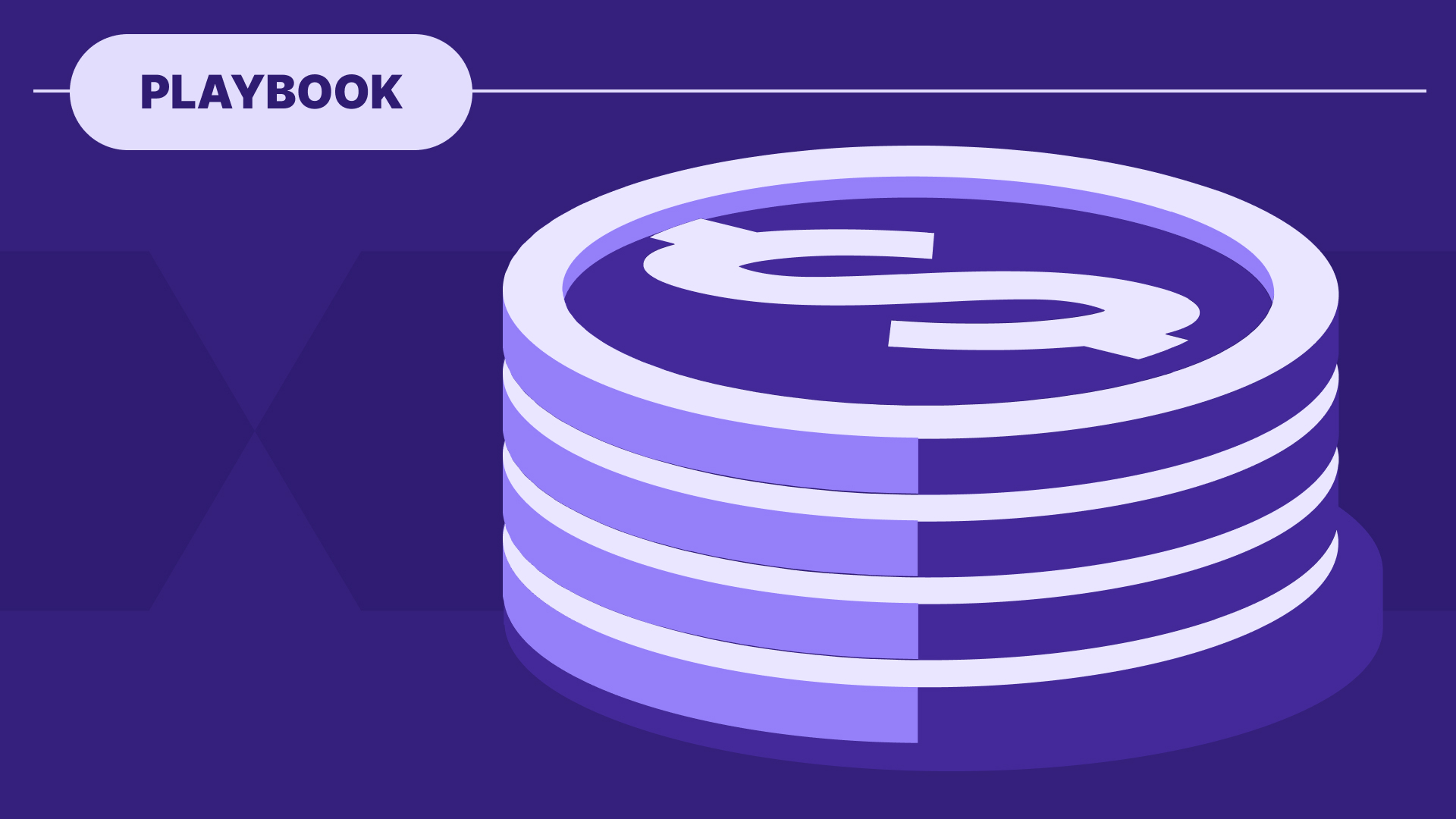
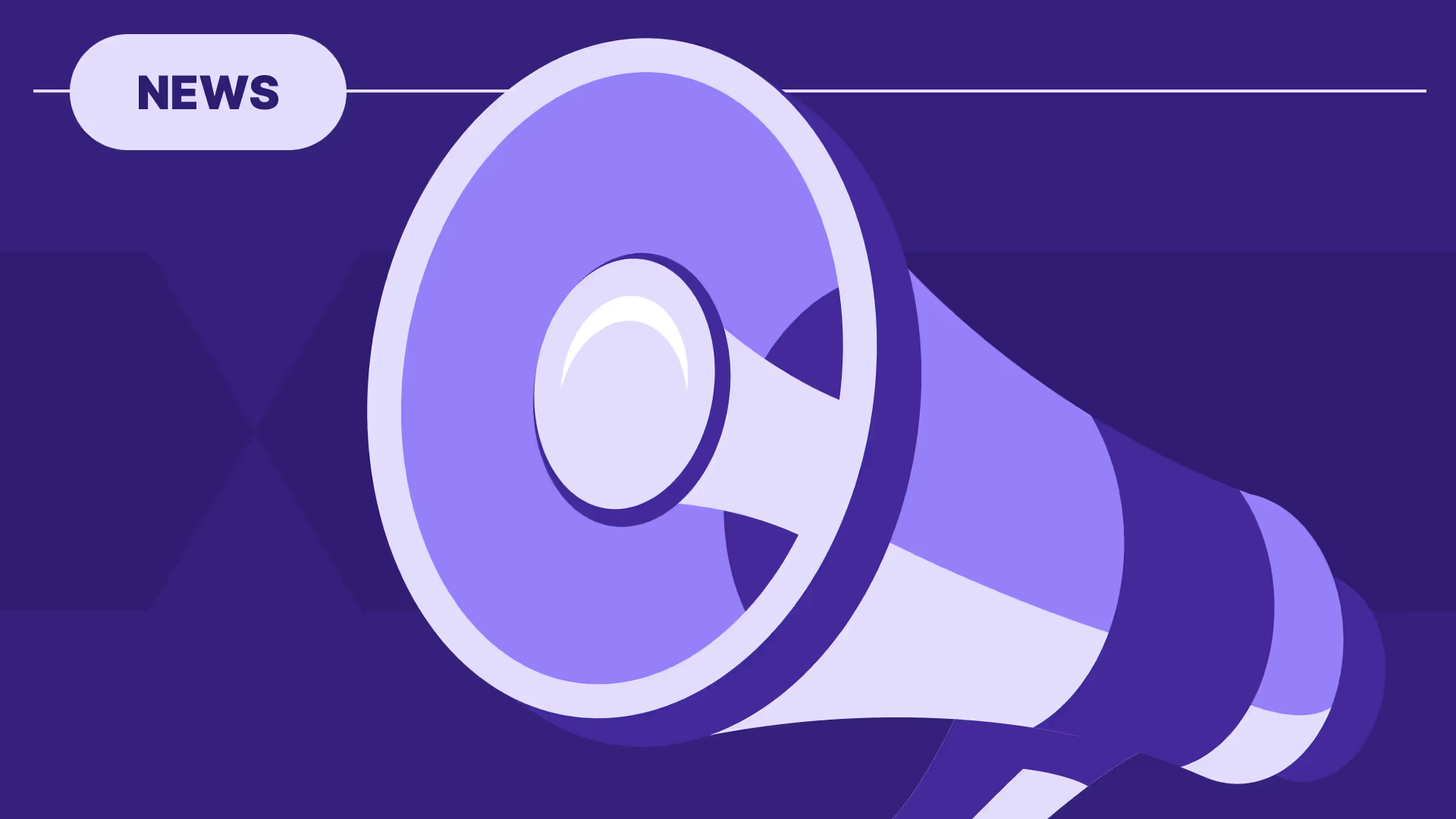
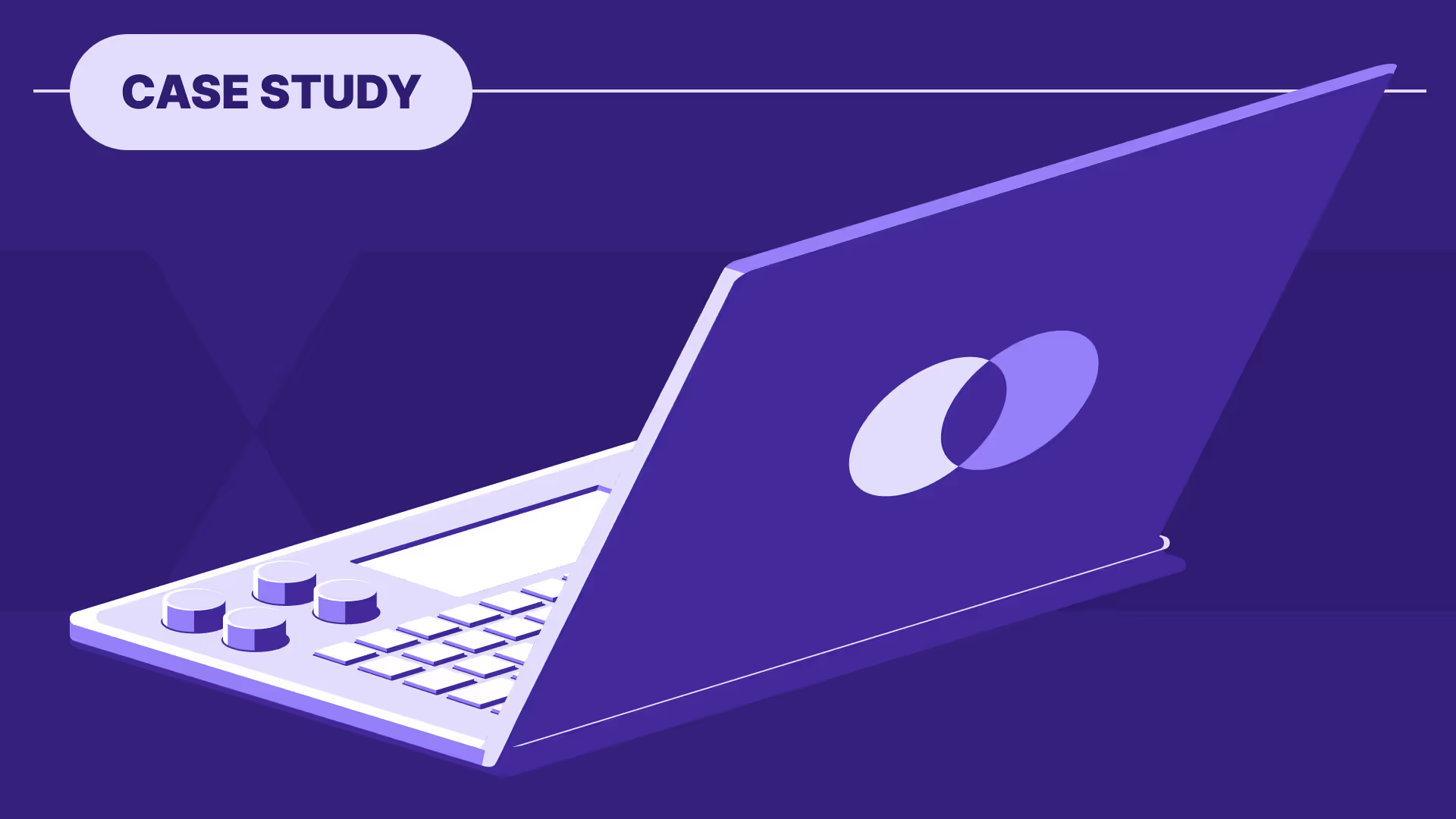



%20(1).jpg)
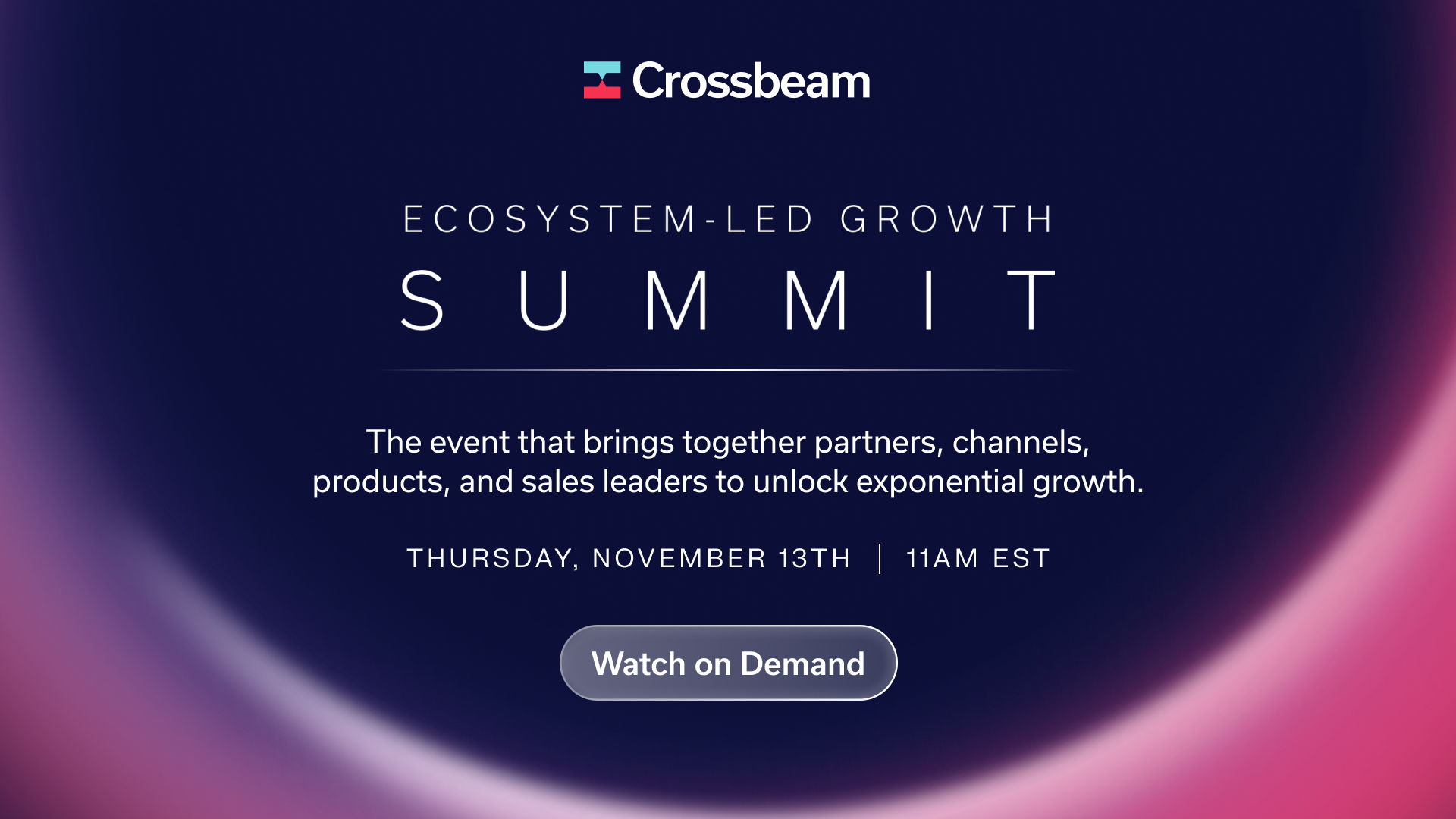

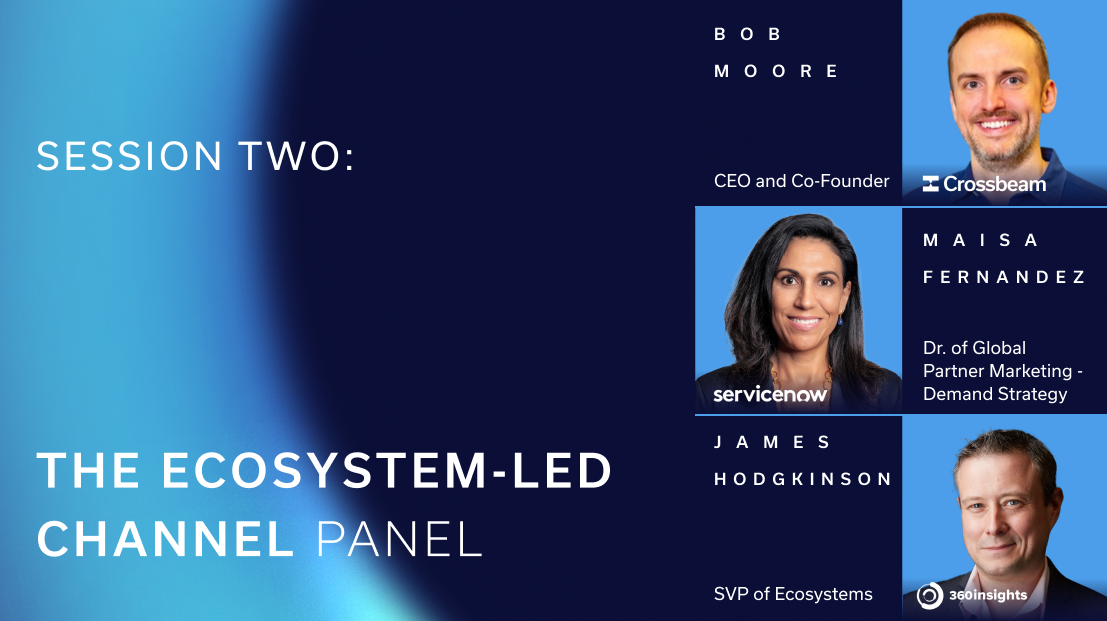
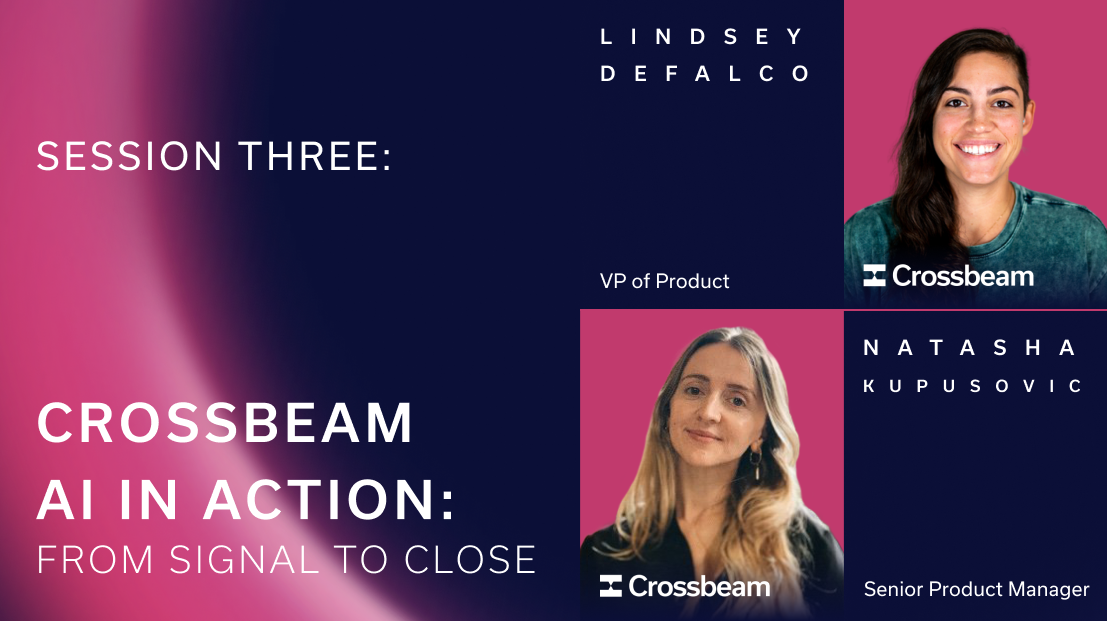


.png)
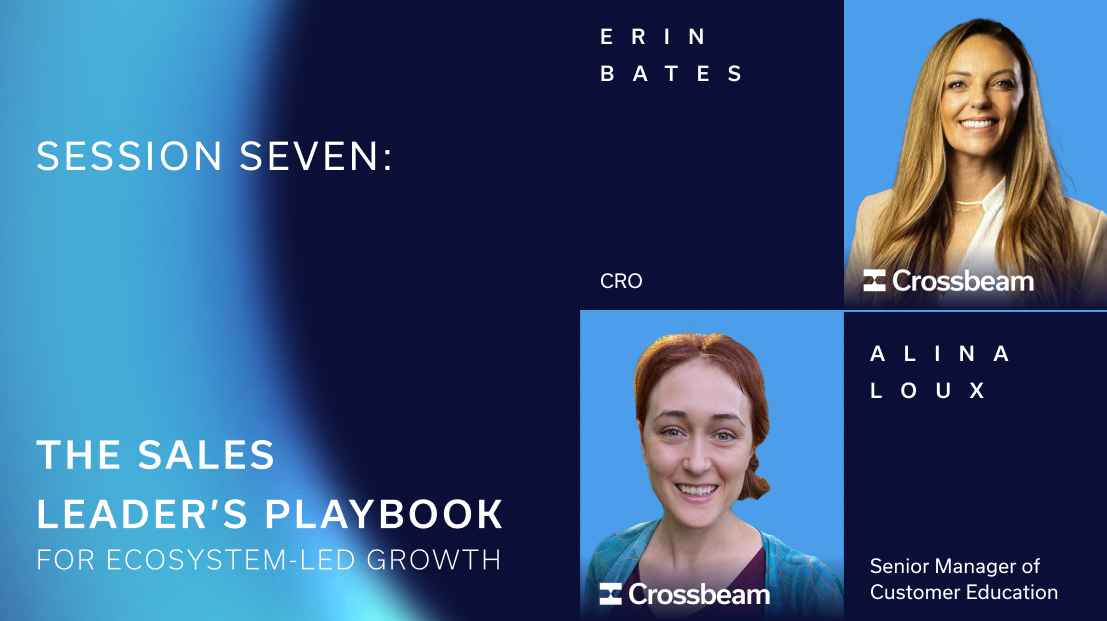




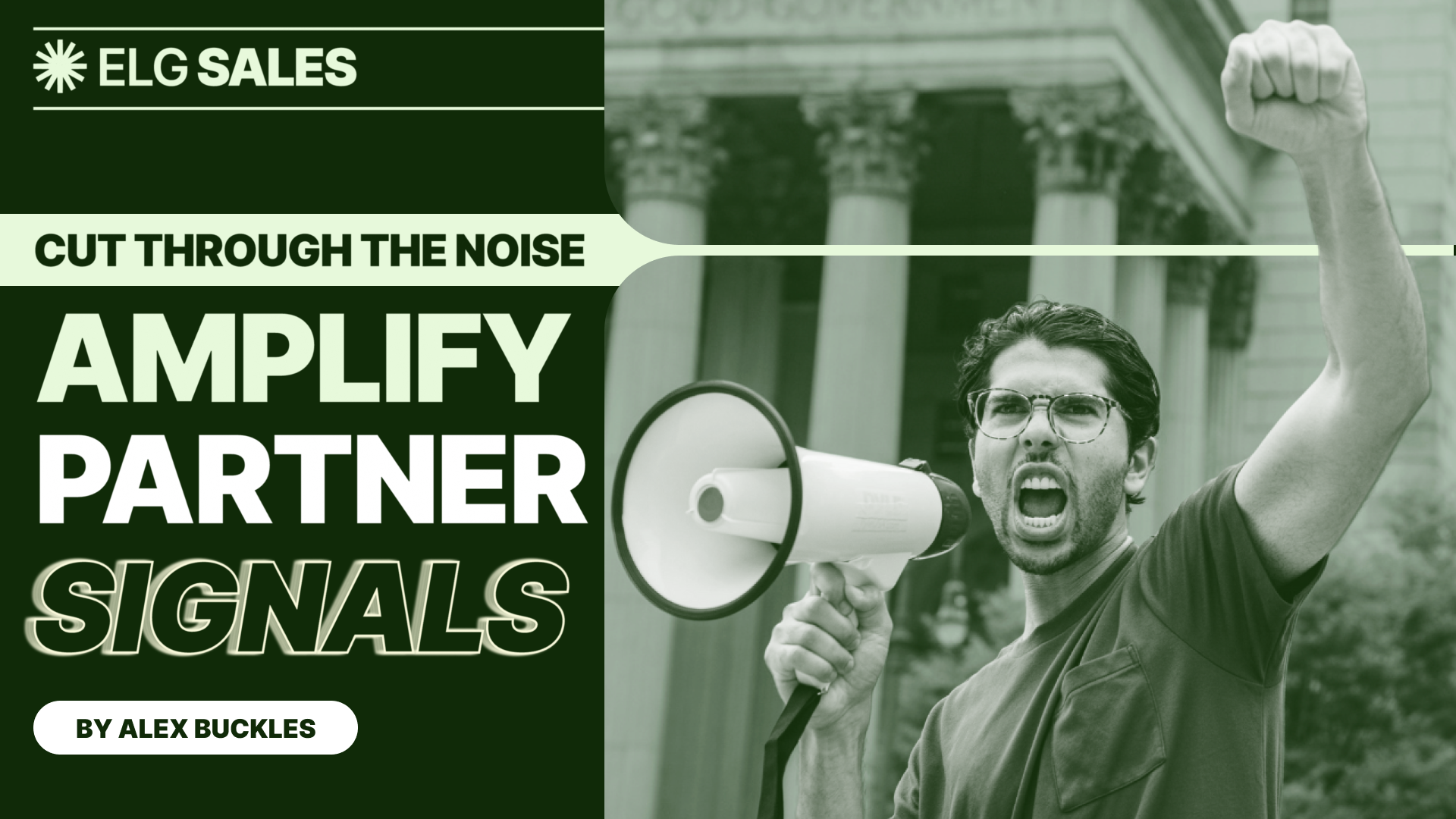






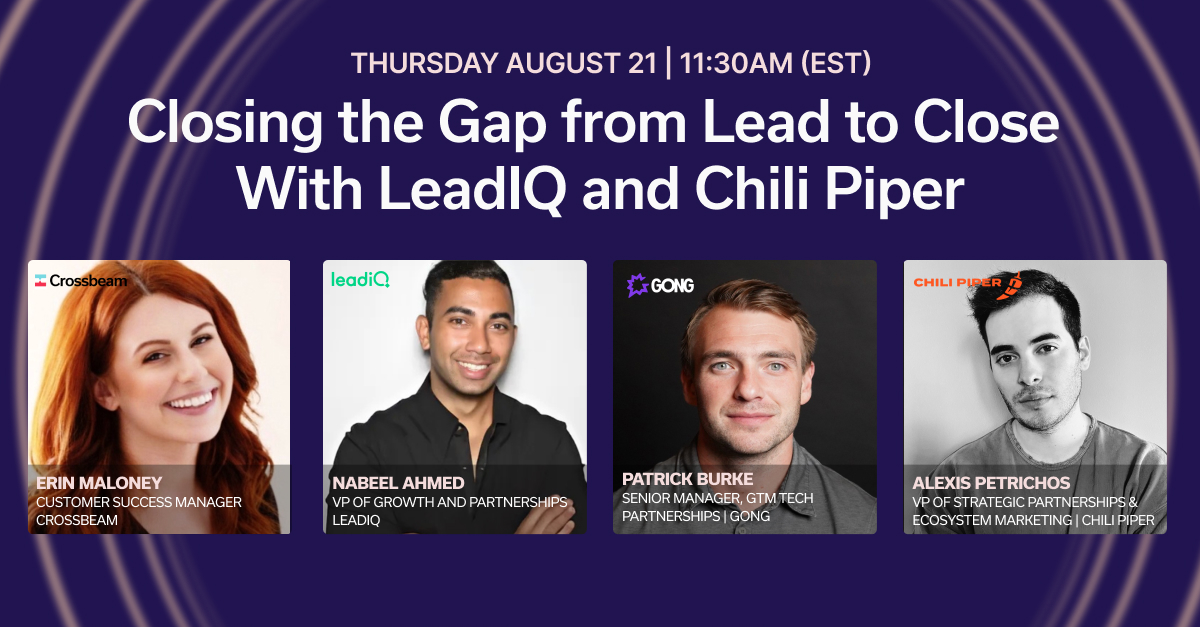



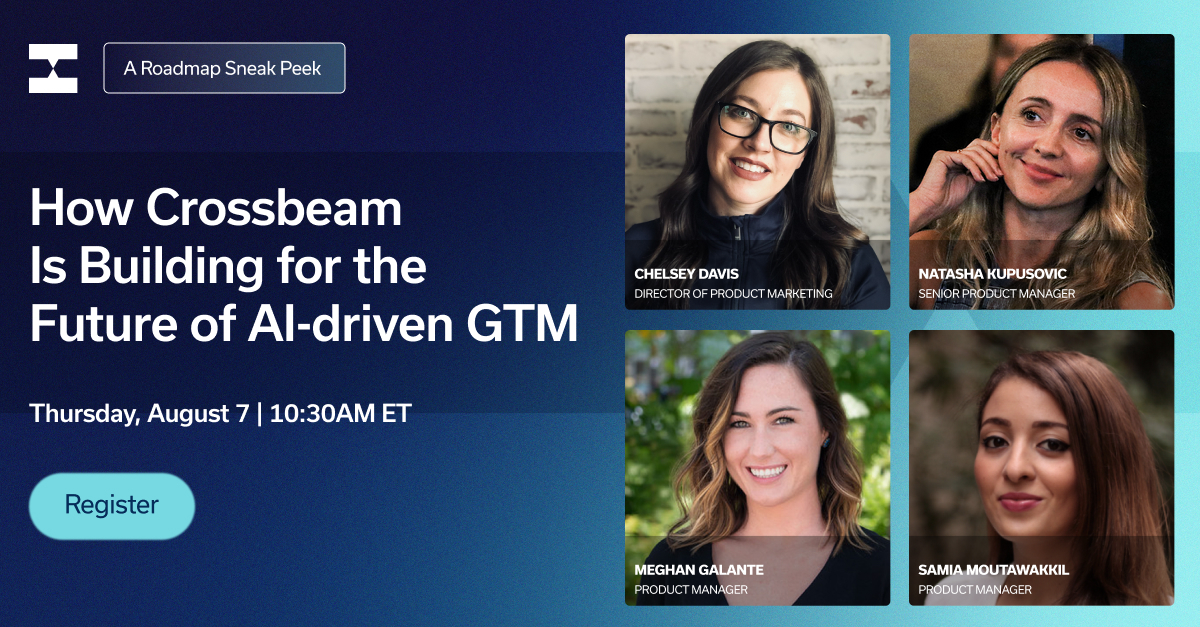
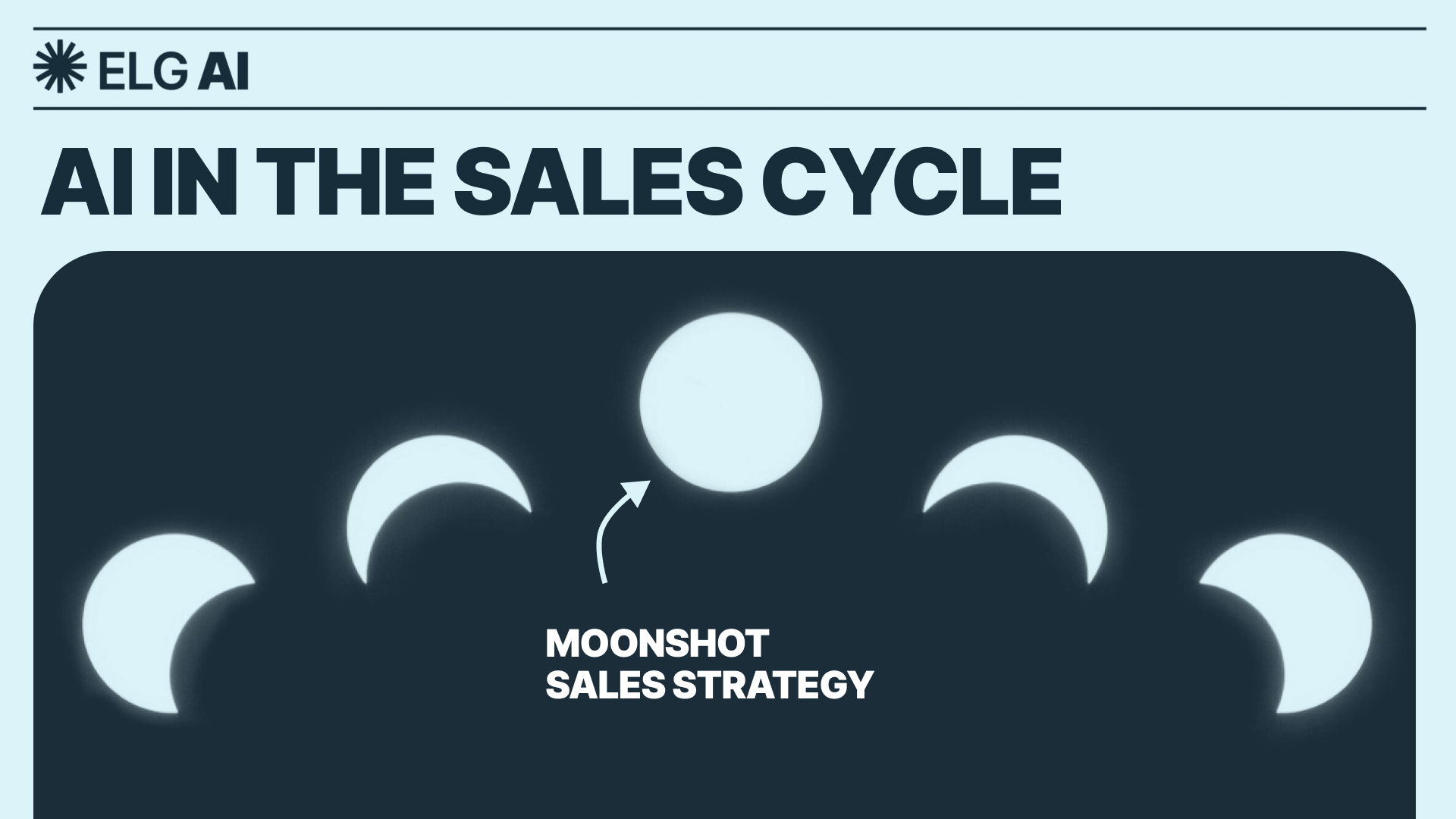

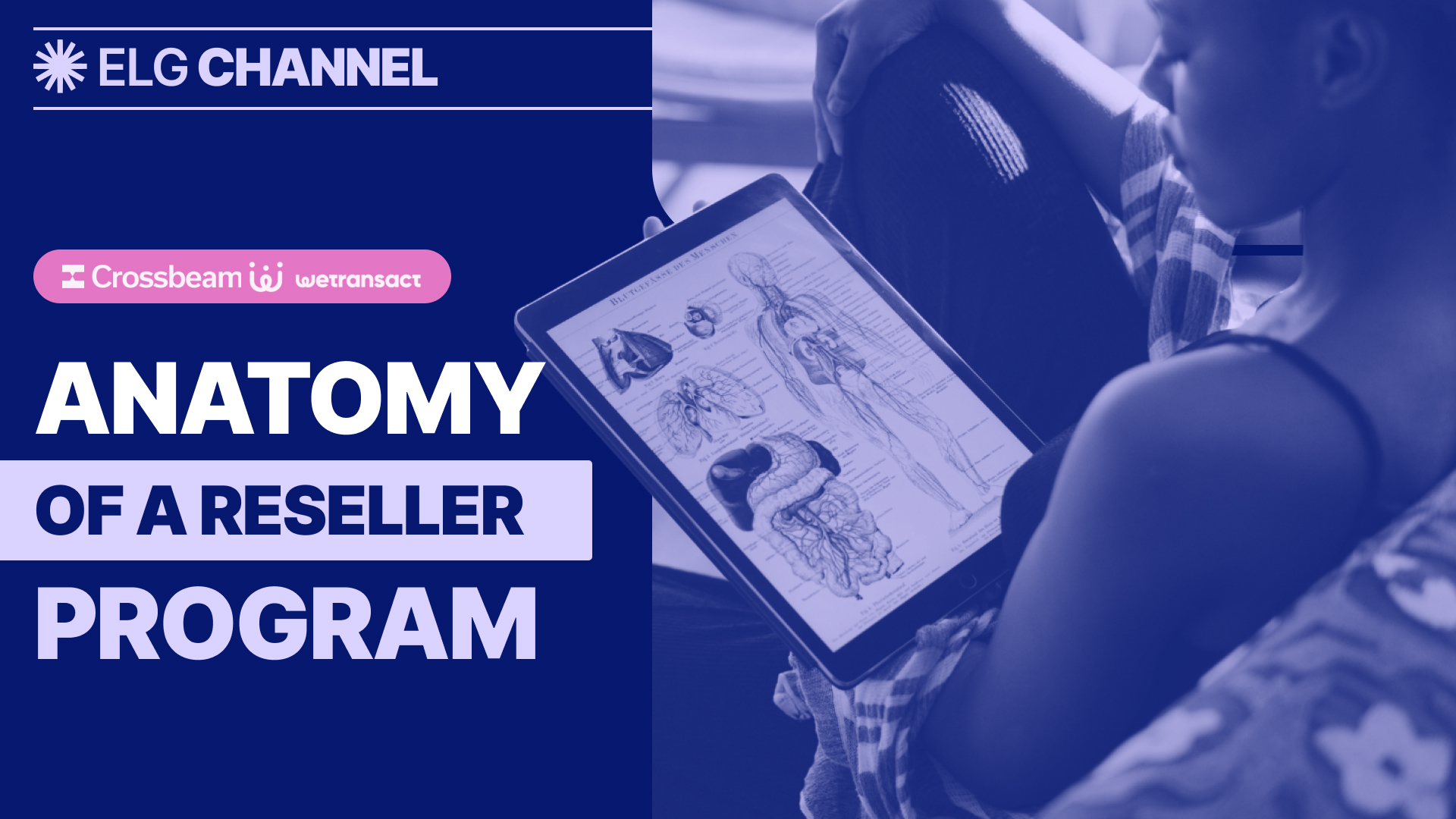








.jpg)



.png)



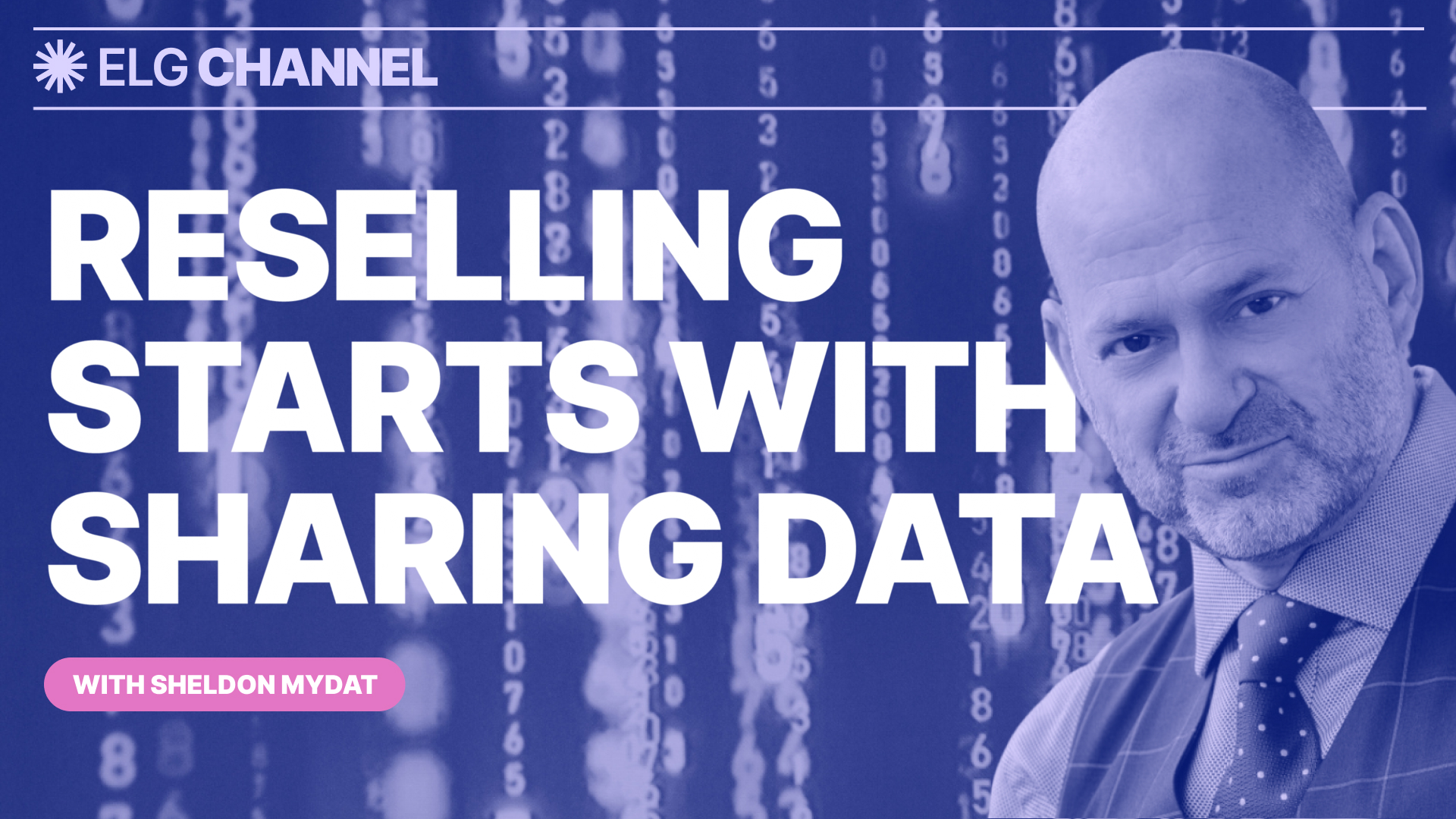


.jpg)





.jpg)

.webp)


















.webp)













